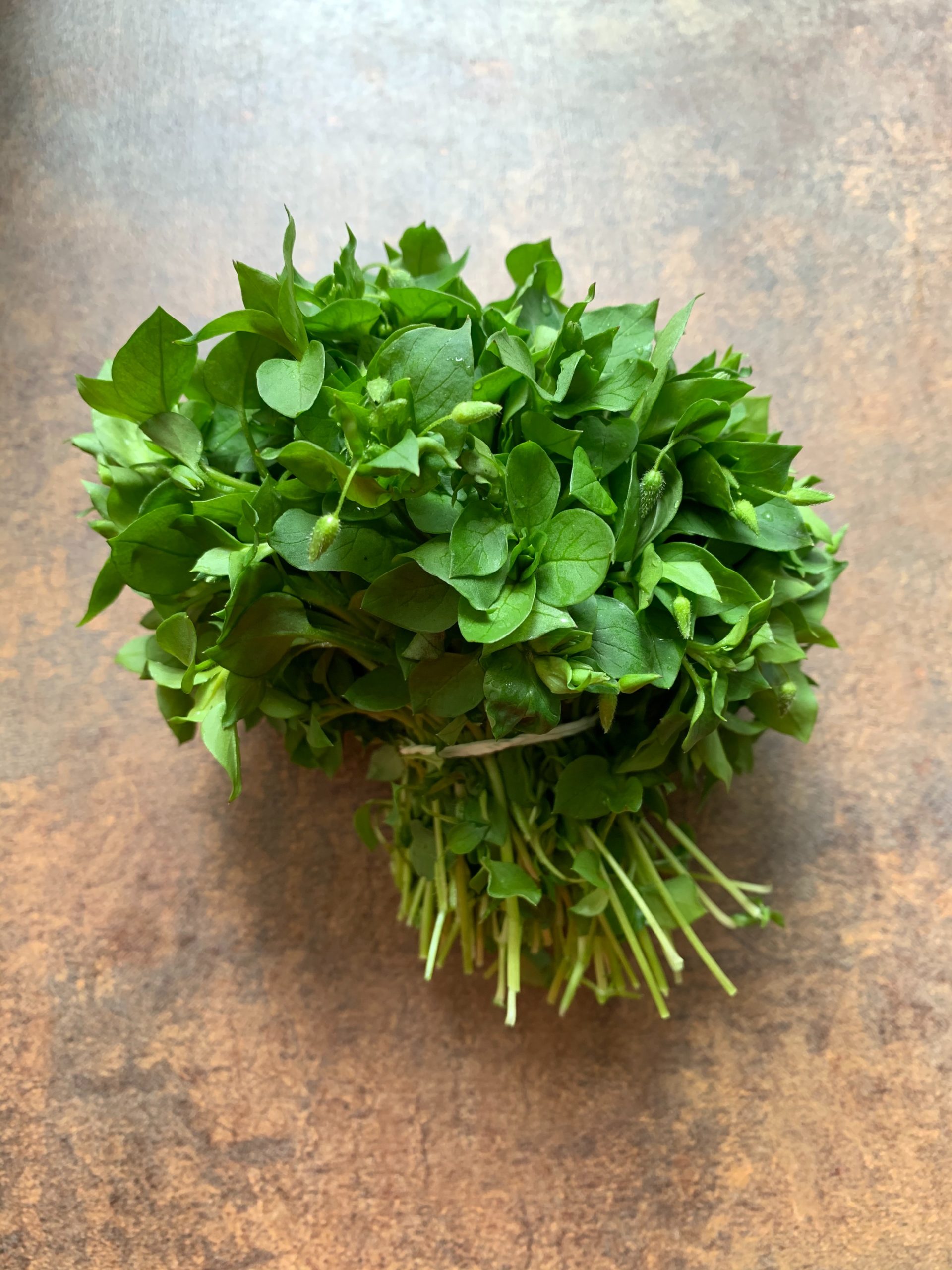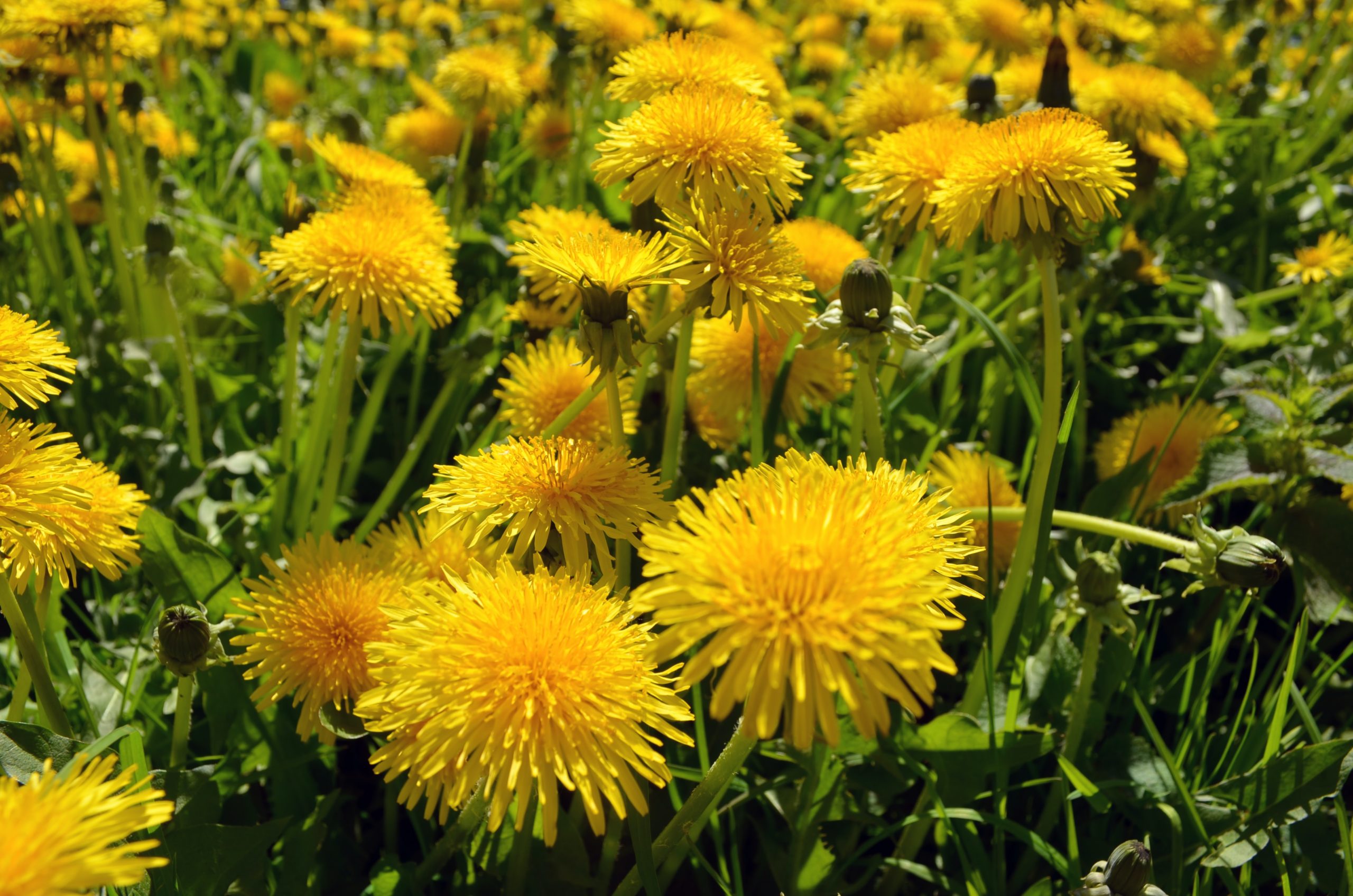
Foraging for Food: A Sustainable Skill
Living a sustainable life is about more than just recycling and learning to compost. There are plenty of skills you and your family can and should learn that can help you to live a more sustainable life. One of those talents is foraging for food.
I was in my 40’s before I started learning how to identify plants for forage. It was amazing how tasty dandelions are when the leaves are put in a salad or the blossoms when battered and fried! The wonders of nature are infinite when you consider just how many plants can be foraged for food!
Benefits of Learning to Forage for Food
Below are some of the best reasons to learn this skill.
Get Outside
One compelling reason to understand how to forage is that it will help you get outdoors more often. If you spend a lot of time indoors, getting more fresh air will be good for you. Learn to forage for edible plants in your area, grab a bag, and go harvesting. The exercise will be good for you.
Learning Is Good for You
Of course, foraging provides you with an opportunity to learn. Keeping your mind active is just as important as keeping your body active. Learn more about wild plants and how you can find them in your area. You can learn at your own pace, too, so you never have to feel rushed. Even learning about just one or two plants every couple of weeks is enough.
Try New Flavors and Foods
When you forage, you are going to be trying plants and fruits that you’ve never had before. It is a good way to help you try new foods and flavors that you wouldn’t have tried otherwise. It’s also a good way to get you to add new ingredients to dishes you already make. There are always interesting ways to use new plants and to expand your cooking repertoire.
Reduce Costs
You could potentially reduce your food budget. Although you might not always be able to find enough wild edibles each day or week, it is a good supplement to your garden. With a garden and foraging, you can start to reduce the amount of money you are spending each month at the grocery store.
It’s Good for the Environment
When you forage, just like when you grow your own food, you are reducing your carbon footprint. You aren’t buying foods that have to be packed up and then flown or shipped to the United States and then to your grocery store of choice. The less you rely on stores, the better. If more people started foraging, it could help the environment substantially.
Learn How to Forage Properly
Before you go out and start eating things you find growing around your yard, make sure you understand how to properly identify them. Take the time to learn more about foraging and how best to make these plants part of your life. You will find that foraging can be both fun and easy.
Check out the University of Missouri’s Plant Identification and Foraging Page which contains tons of resources to begin your journey of foraging.
Stoney Creek Farm has a bounty of different types of edible food growing across its 15 acres. You can find things like wild strawberries, chickweed, plantain, coneflower, dandelions, wood sorrel, and ramps, which are also called wild leeks or spring onions.
Let’s look at a couple of these different types of edible wild plants.
Dandelions
Just about everyone knows what dandelions look like. Unfortunately, a lot of people don’t appreciate this plant. Rather than seeing the dandelions as a viable food source, they see them as a weed, a pest plant that they want to get rid of. That could be a bit of a mistake, though.
The entire plant is edible, and it contains a host of nutrients, including calcium. Something to keep in mind is that dandelions that are grown in shaded areas tend to have a mild flavor and they aren’t as bitter as those that are in full sun.
One of the other things to keep in mind is that a lot of people think of dandelions as a weed. They sometimes treat them with pesticides to get rid of them. Therefore, you have to be very careful about where you are harvesting your dandelions. You need to be certain they aren’t covered in pesticides.
Wood Sorrel
One of the things you will note about wood sorrel is that at first glance, it looks a lot like clover. The plant features three heart-shaped leaves that have what looks like a fold or a crease down the middle.
When this plant starts to bloom, you will see flowers that are white, pink, and lavender. The leaves and the flowers can be eaten raw, but you will find that cooking can help to make the flavor milder. The flavor itself is somewhat sour, and it contains oxalic acid.
You don’t want to eat too much of the plant because it will be toxic when eaten in large quantities. Additionally, this plant is dangerous for pets to eat.
These are just a couple of the many different types of edible plants you can find today. Learn how to identify them, which parts can be eaten, and why you should make foraging part of your life.
And, if you feel really motivated, you can turn your entire landscape into an edible garden….
Never Too Young to Learn
At Stoney Creek Farm, we believe that learning sustainable skills is something you can do at any age. Even the kids should learn how to forage for food. Fortunately, we have a fun and educational class that the kids can attend with their parents.
On Saturday, May 28 from 10 to 11:30 a.m., we’re hosing a kid’s nature hike where they will learn how to forage for food. The cost is just $20, and it includes instruction and an identification guide. Parents and Grandparents are free for this fun adventure.
The course will teach kids what common “weeds” are edible, as well as which plants can be used for food, such as dandelions, and which can be used for medicinal purposes, such as plantain. Learn the best parts of the plant to eat and how to eat it.
The kids will learn about companion plants, which means that often one edible plant will have another edible plant near it.
One of the other benefits of this class is that it will teach which poisonous plants need to be avoided. It’s time to learn what plants are edible in your area.


